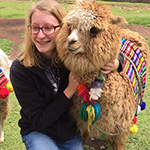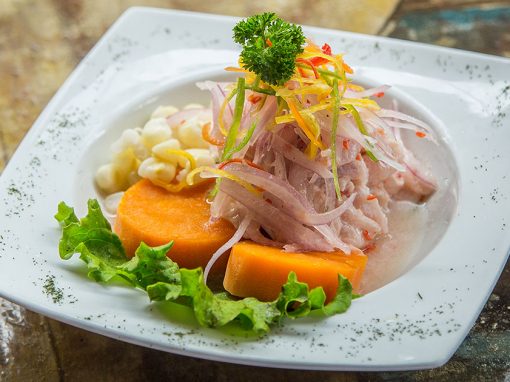Two new varieties of the national Peruvian seed, quinoa, have been discovered by researchers from the Peruvian National Agrarian University. The newly developed quinoa strains have proven to be more resistant to inclement weather and drought. This enables them to adapt to a wider range of soil and climate conditions.
Angel Mujica, a professor at the university, explains that these new qualities are a result of crossbreeding genetically distant and closely- related quinoa types, according to the local newspaper Andina. He further states that due to the resistance to plague and tough weather conditions, these varieties can produce up to 6,612 pounds per acre versus the average 4,231 pounds per acre.
Another advantage of one of the new quinoa varieties is its short life cycle. According to Luz Gómez Pando, head of the university’s cereals program, it can be harvested in 120 days, compared to the average of 210 days. The second uncovered quinoa strain is able to tolerate high concentrations of salt, and could thus serve as an alternative crop for the Peruvian coast.
The National University of Altiplano began assisting in the distribution of the new seeds to farmers in Puno in 2019. The long term goal is to strengthen local quinoa production to increase the income and quality of life for Peruvian farmers.
As of today, the university’s cereals program has discovered around 3,000 different types of quinoa in Peru alone.
Make sure to check out our selection of Peru tours and then contact us to start planning your own dream trip!

Born and raised in Germany, Sabrina was lucky enough to extensively travel through Europe from a young age. Being bitten by the travel bug and aspiring to explore more countries and cultures away from home, she decided to travel to South America. After traveling to Chile, Brazil, Uruguay, and Argentina she fell in love with the continent and decided to settle in Peru.







